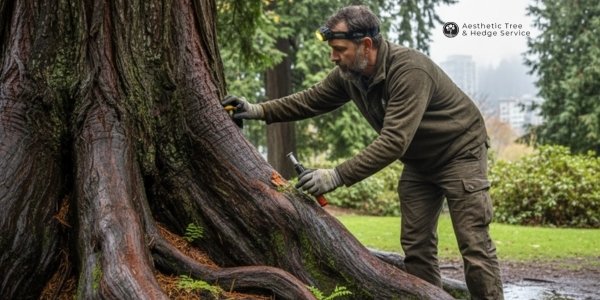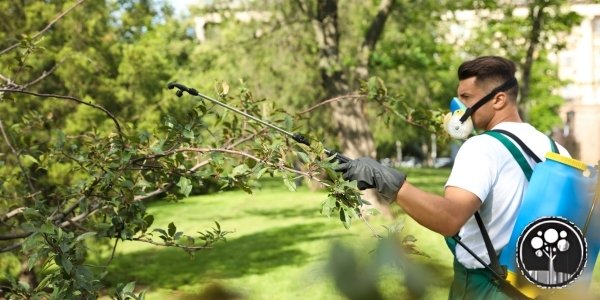The Importance of Regular Watering
Watering trees deeply and consistently is crucial for their health and longevity. Ensuring that moisture reaches the root zone, where it is most needed, helps maintain optimal hydration levels and supports overall tree health. Proper watering practices can significantly reduce the risk of drought stress and enhance the tree’s ability to withstand environmental challenges.
Best Practices for Watering
- Deep Watering: Water trees deeply to ensure the roots receive sufficient moisture. Shallow watering can lead to weak root systems that are unable to support the tree during dry periods. Deep watering encourages the development of a robust root system, providing better anchorage and access to nutrients.
- Watering Schedule: Establish a regular watering schedule, especially during dry periods. The best time to water is early morning or late evening when temperatures are cooler and evaporation rates are lower. This ensures that more water reaches the roots rather than being lost to evaporation.
- Avoid Overwatering: While it is important to provide adequate moisture, overwatering can be detrimental. Excess water can lead to root rot and other issues, weakening the tree. Ensure the soil has proper drainage to prevent waterlogging, and adjust watering frequency based on weather conditions and soil moisture levels.
The Role of Mulching
Mulching is an essential practice for tree care, offering multiple benefits. Mulch helps retain soil moisture, regulate temperature, and suppress weed growth. It creates a protective layer around the base of the tree, enhancing its ability to withstand heat stress and reducing the need for frequent watering.
Best Practices for Mulching
- Choosing the Right Mulch: Organic mulches such as wood chips, bark, and compost are ideal. These materials decompose over time, enriching the soil with nutrients and improving its structure. Avoid using inorganic mulches like stones or plastic, which do not provide the same benefits.
- Proper Application: Apply a 2-4 inch layer of mulch around the base of the tree, extending out to the drip line. Keep the mulch away from direct contact with the trunk to prevent rot and pest infestations. This protective layer helps retain moisture, regulate soil temperature, and reduce weed competition.
- Regular Renewal: Refresh the mulch layer periodically to maintain its effectiveness and appearance. Over time, organic mulch breaks down and becomes less effective at retaining moisture and suppressing weeds. Adding a new layer ensures continued benefits and enhances the tree’s health.
Benefits of Watering and Mulching
- Moisture Retention: Mulch helps retain moisture in the soil, reducing the frequency of watering needed. This is especially beneficial during dry periods, ensuring that the tree remains hydrated.
- Temperature Regulation: Mulch acts as an insulator, protecting roots from extreme temperature fluctuations. It helps keep the soil cooler in the summer and warmer in the winter, promoting a stable environment for root growth.
- Soil Health: Decomposing mulch adds organic matter to the soil, improving its structure and fertility. Healthy soil supports robust root development and enhances the tree’s ability to absorb nutrients and water.
Cost Considerations
The cost of watering and mulching varies depending on the size of the tree and the materials used. On average, mulching services range from $50 to $150 per tree. While these practices require an investment, regular maintenance helps avoid higher costs associated with drought-stressed trees, such as damage repair or tree removal.
When to Call an Arborist
If your trees show signs of severe stress despite regular watering and mulching, it is essential to contact a certified arborist. Arborists can provide expert advice and treatments to ensure the health of your trees. They can assess the situation, identify underlying issues, and recommend appropriate interventions to save your trees and maintain the beauty and safety of your landscape.





